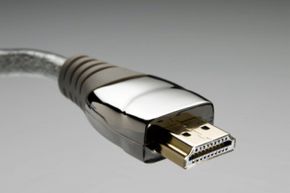With so much information online about HDTVs, why are people still misinformed when they walk into the electronics store?
The truth is, technology often outpaces our ability to keep up with the latest trends. When it comes time for us to catch up, the information can seem overwhelming. HDTV, in particular, is full of acronyms, numbers and descriptions. We could easily misinterpret the details, especially if we're in a hurry to buy.
Advertisement
Before we go HDTV shopping, do we really need to read all the specifications? If so, how can we pick out the most important things to know?
If you're behind the trend and are baffled by terms such as1080i, DTV and HDMI, the easiest way to give you the information you need may be to dispel the myths that are out there. This can also give you added confidence when you shop for a new HDTV and related HD accessories.
In this article, we'll supply facts to replace some of the fiction that's going around.

